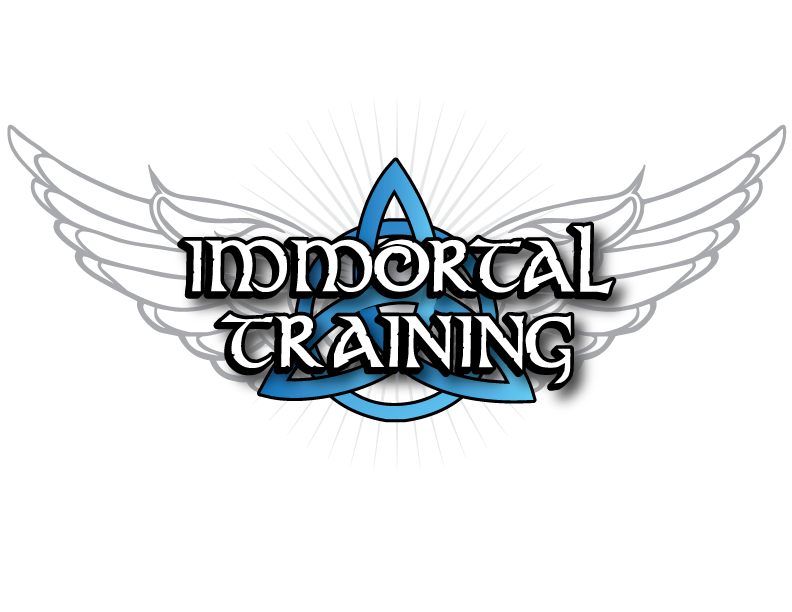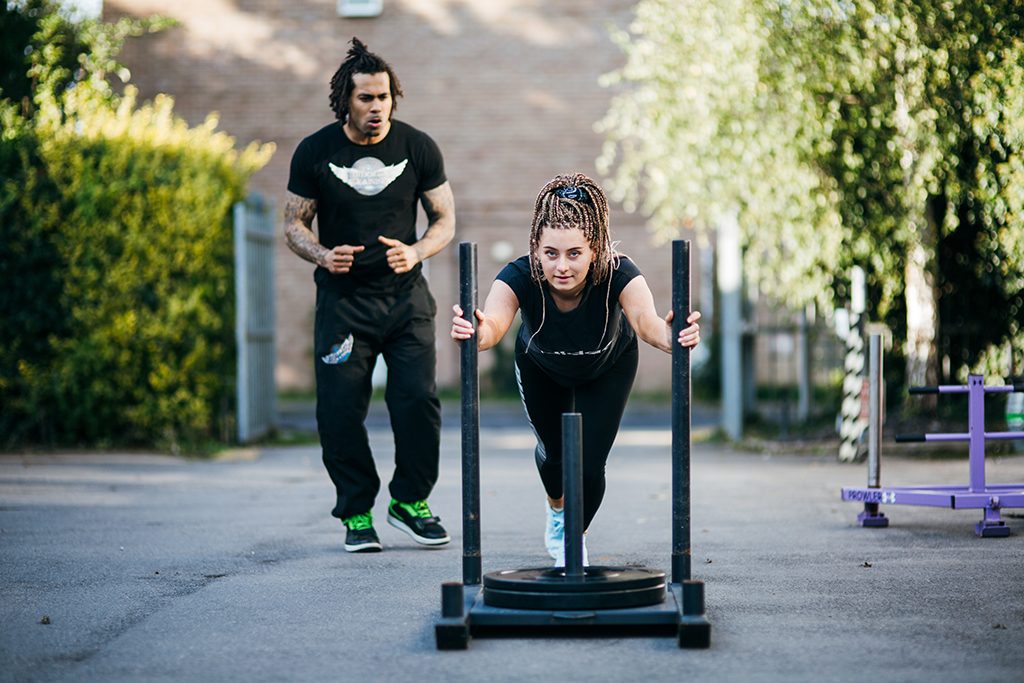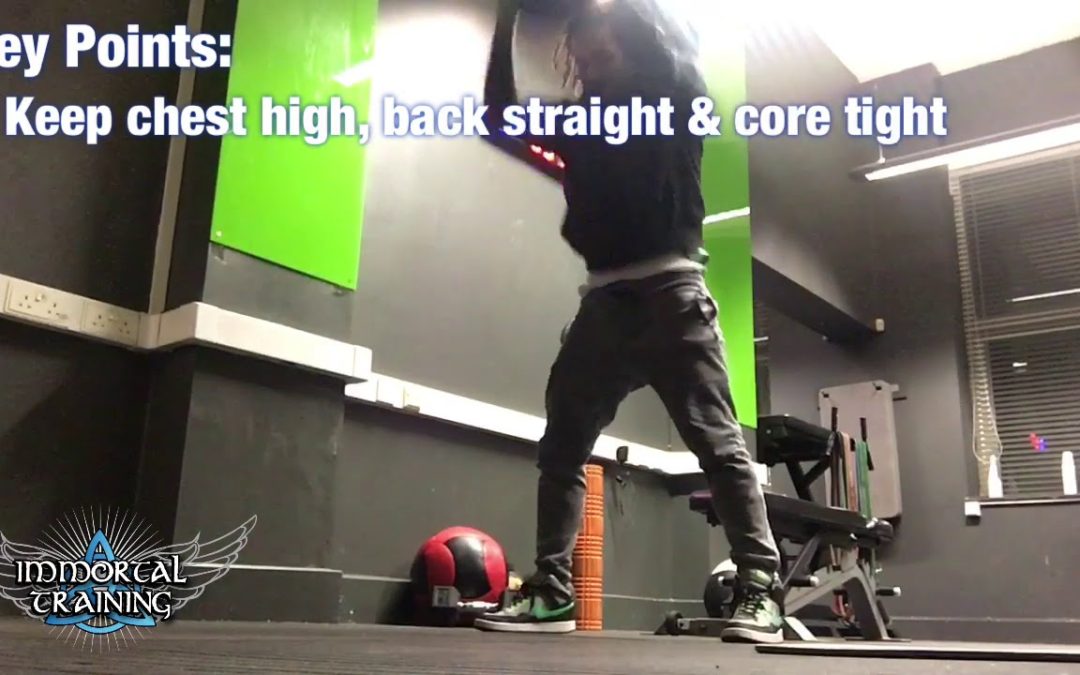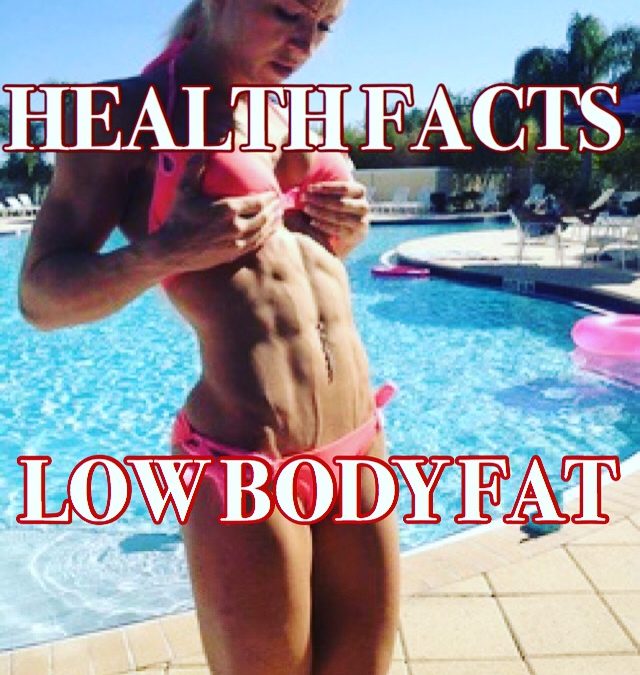Steady-State Cardio v. HIIT (High Intensity Interval Training)
Steady-State Cardio v HIIT – Which is Better?
Steady-state cardio (SSC) and high-intensity interval training (HIIT) are two very different types of exercise. While SSC is typically done at a moderate level of intensity for an extended period of time, HIIT involves bursts of high-intensity exercise followed by periods of rest or low-intensity exercise.
So, which one is better? The answer actually depends on your fitness goals and personal preferences.
However, here are some factors to consider when comparing steady-state cardio to HIIT:
Time Efficiency
HIIT typically takes less time to complete than steady-state cardio because of the high-intensity bursts that are involved. In fact, research has shown that just 15-20 minutes of HIIT can produce similar results to 45-60 minutes of steady-state cardio. Therefore, if you are short on time, HIIT may be the better choice for you.
Caloric Burn
HIIT has been shown to burn more calories in a shorter amount of time than steady-state cardio. This is because the high-intensity bursts increase your metabolism and keep it elevated throughout the day. HIIT also depletes glycogen stores in the muscles quicker than SSC, making it easier to achieve thermogenesis (burning of fat). However, steady-state cardio is still effective for burning calories and can be a great option for those who enjoy longer, more relaxing workouts.
Cardiovascular Health
Both types of exercise are great for improving cardiovascular health. However, SSC is typically better for increasing endurance and cardiovascular capacity, while HIIT is better for improving overall cardiovascular function and reducing the risk of heart disease.
Muscle Building
HIIT is great for building lean muscle mass, as it involves strength-training exercises in addition to cardio. Steady-state cardio, on the other hand, can actually break down muscle mass if done for too long or too frequently. Visualise, and compare the physiques of marathon runners v. 100 meter sprinters. The difference in overall muscle mass speaks for itself.
Injury Risk
HIIT can be more intense and may pose a higher risk of injury if not done properly. Steady-state cardio, while still requiring proper form and technique, is generally lower impact and less likely to cause injury.
In conclusion, both steady-state cardio and HIIT are effective forms of exercise that offer different benefits. Ultimately, the best choice for you will depend on your individual goals and preferences. Mixing both types of exercise into your workout routine is also a great option to get the best of both worlds.
References:
https://pubmed.ncbi.nlm.nih.gov/25162652/
https://pubmed.ncbi.nlm.nih.gov/22201691/
https://pubmed.ncbi.nlm.nih.gov/17414804/
Did you enjoy this article? Here’s another!: https://immortal-training.com/10-ways-to-boost-your-metabolism/






Recent Comments